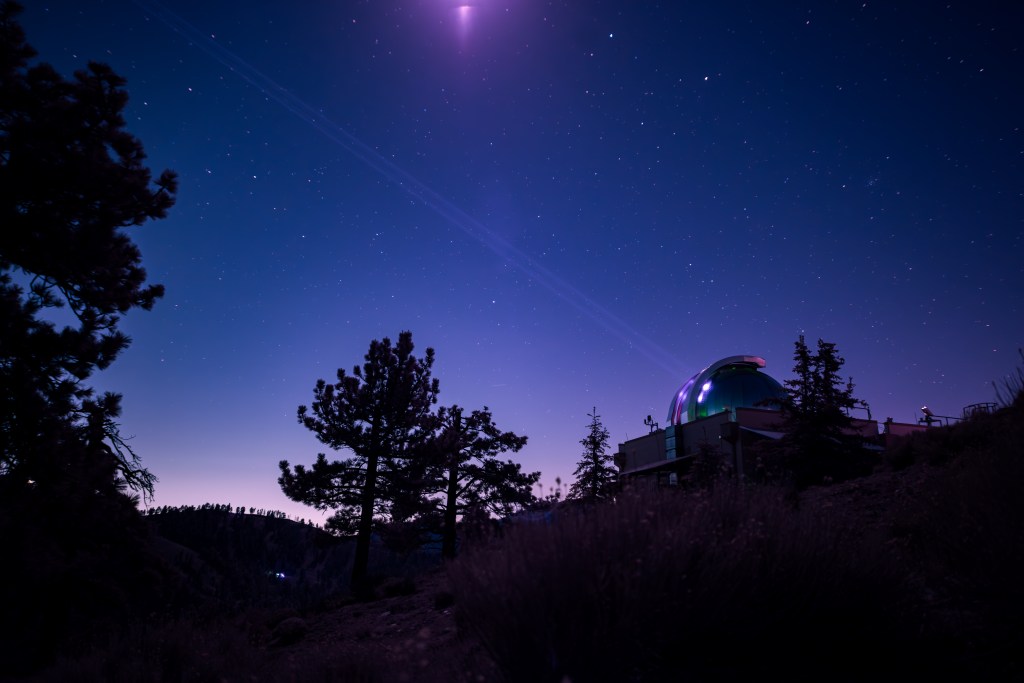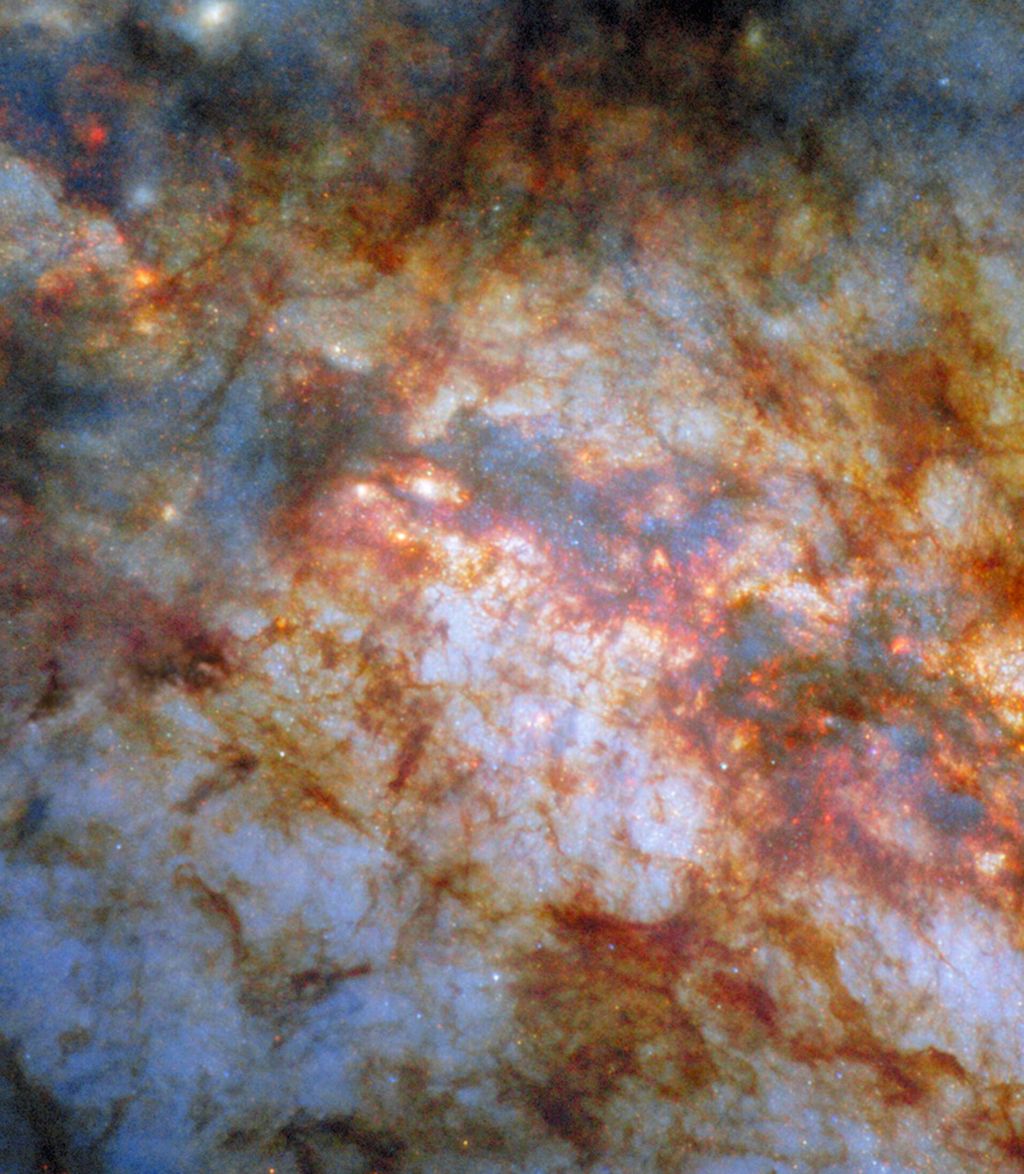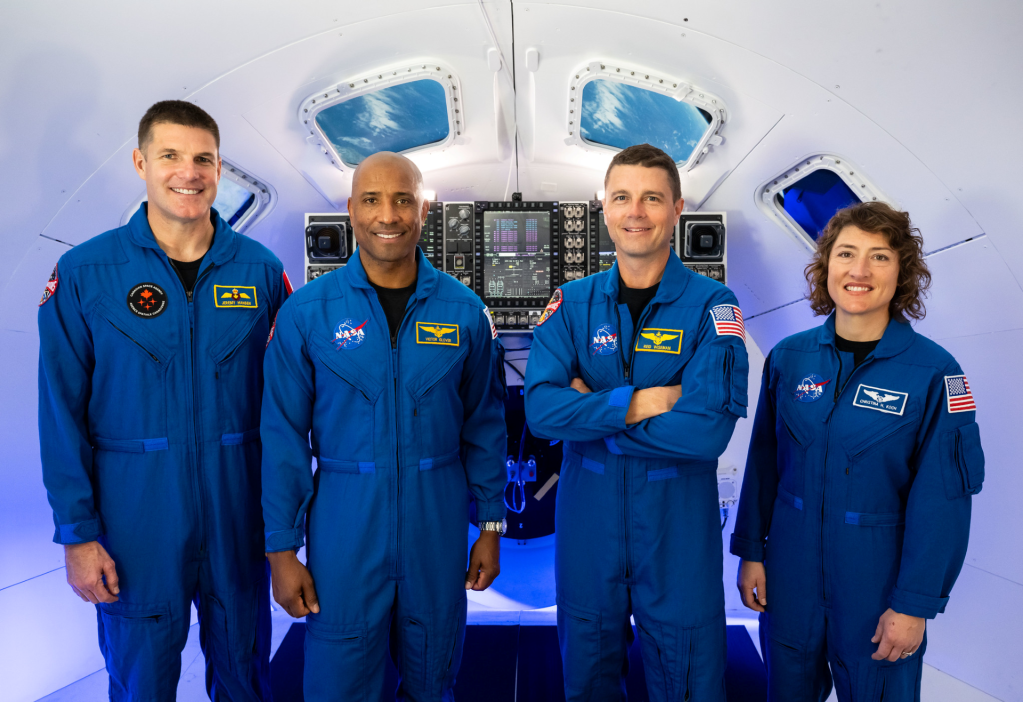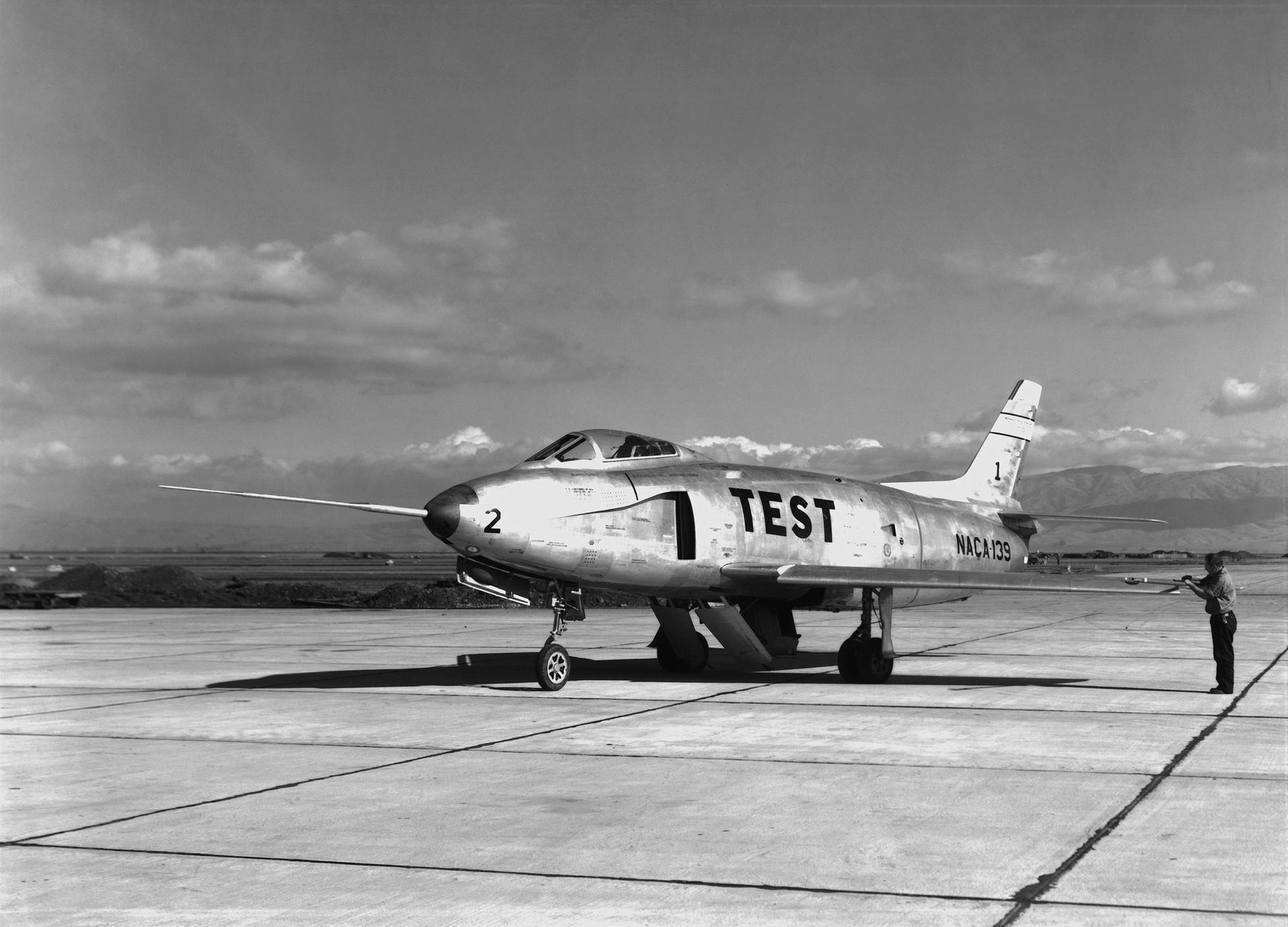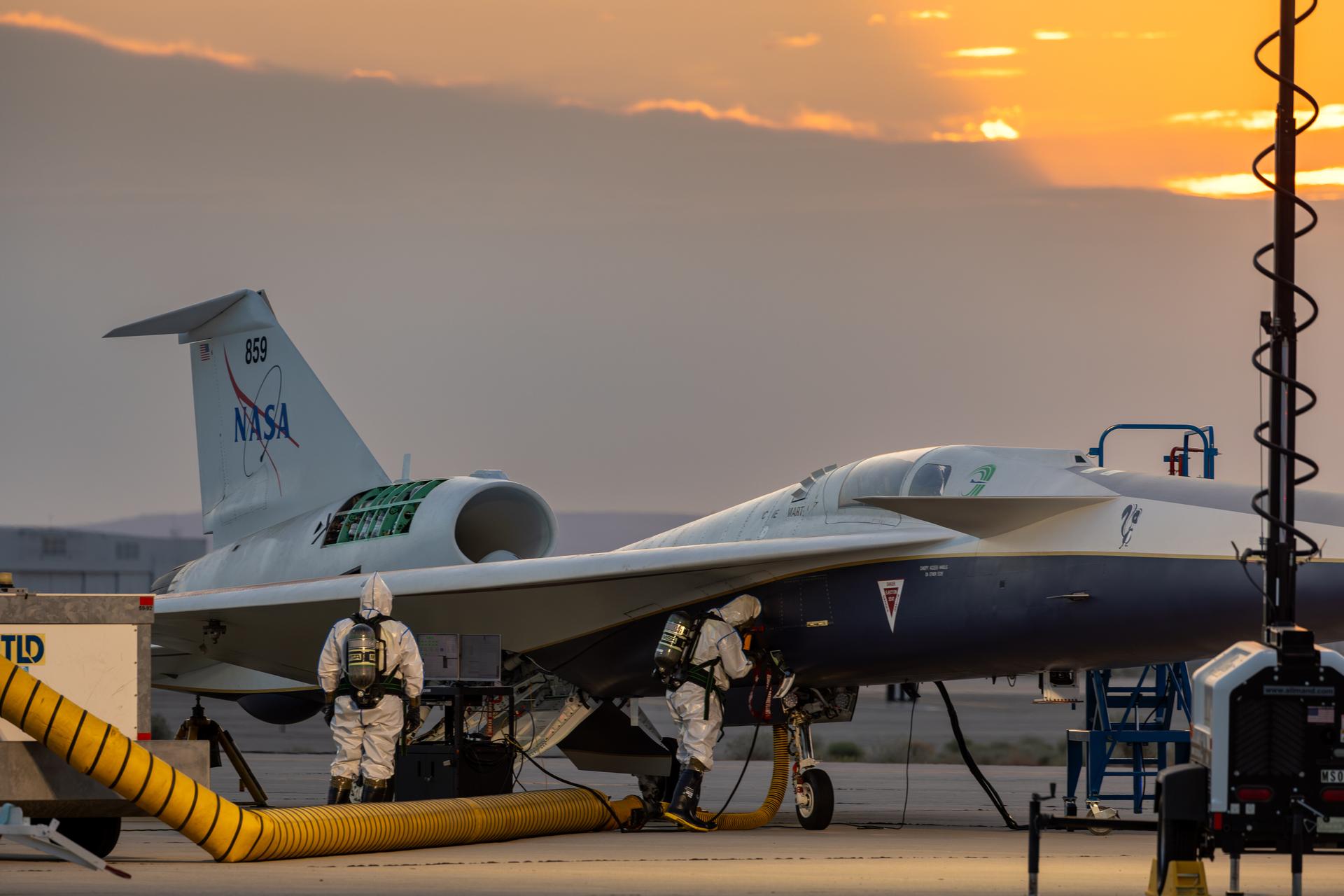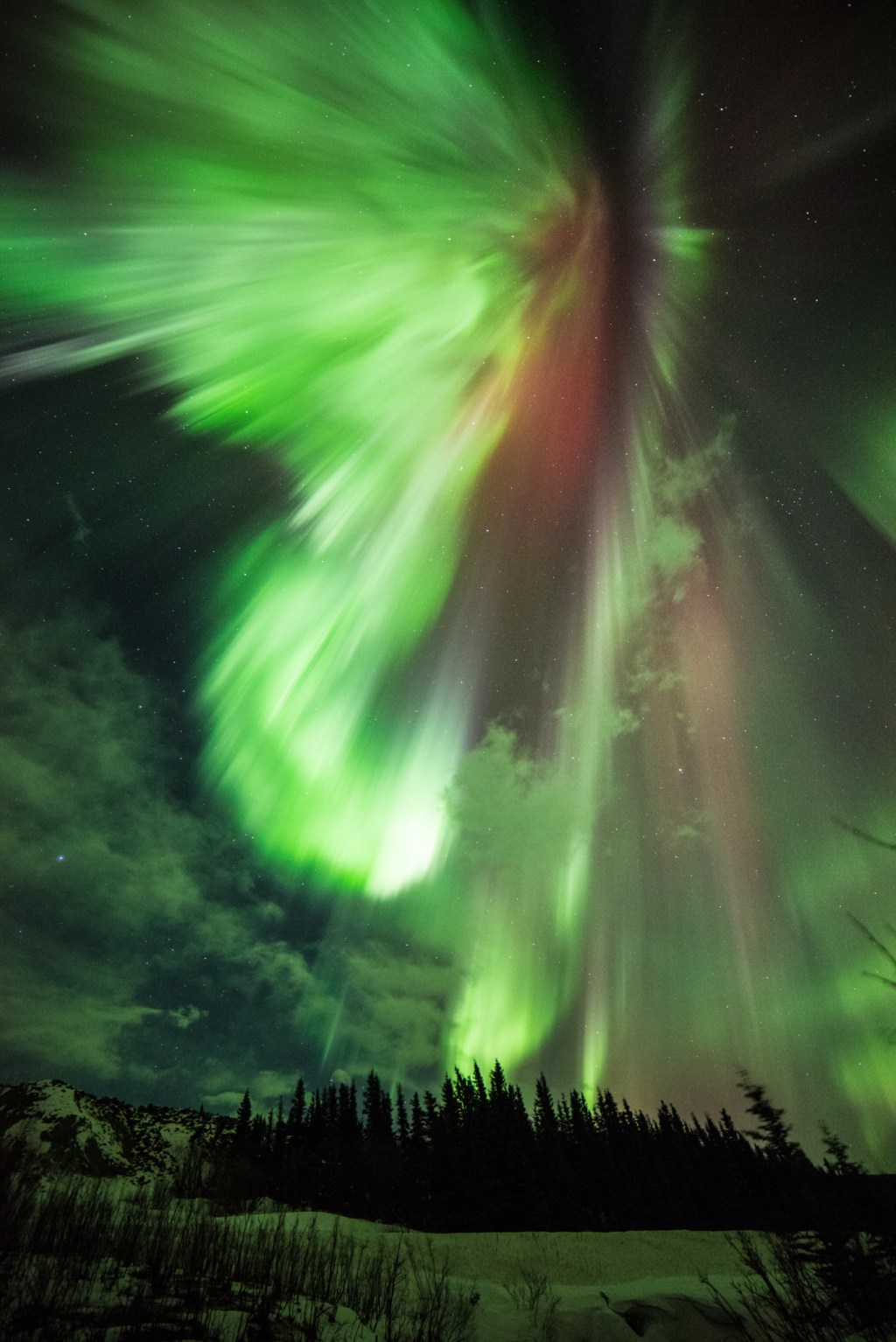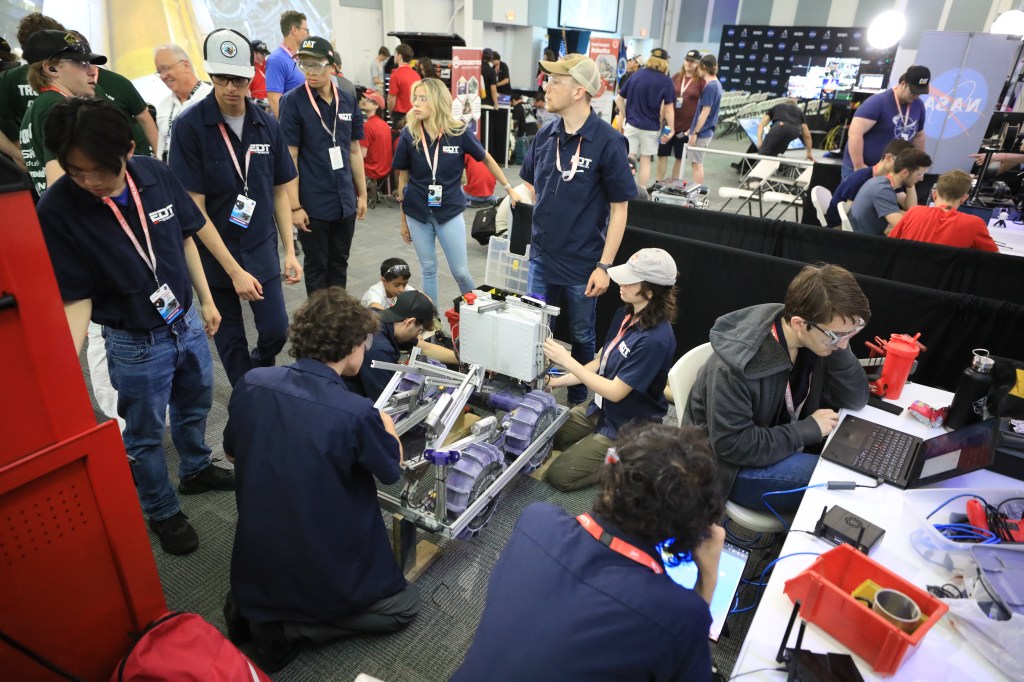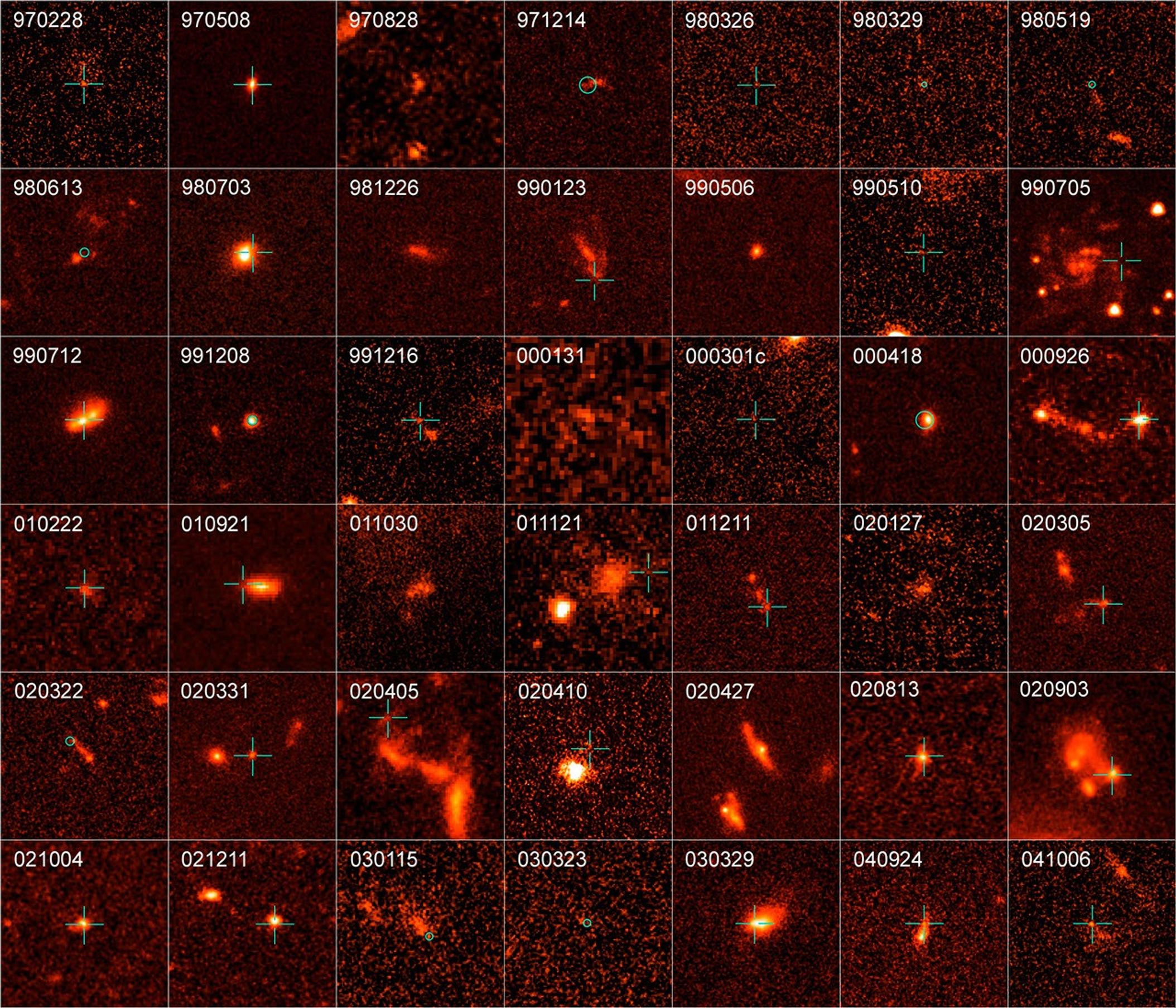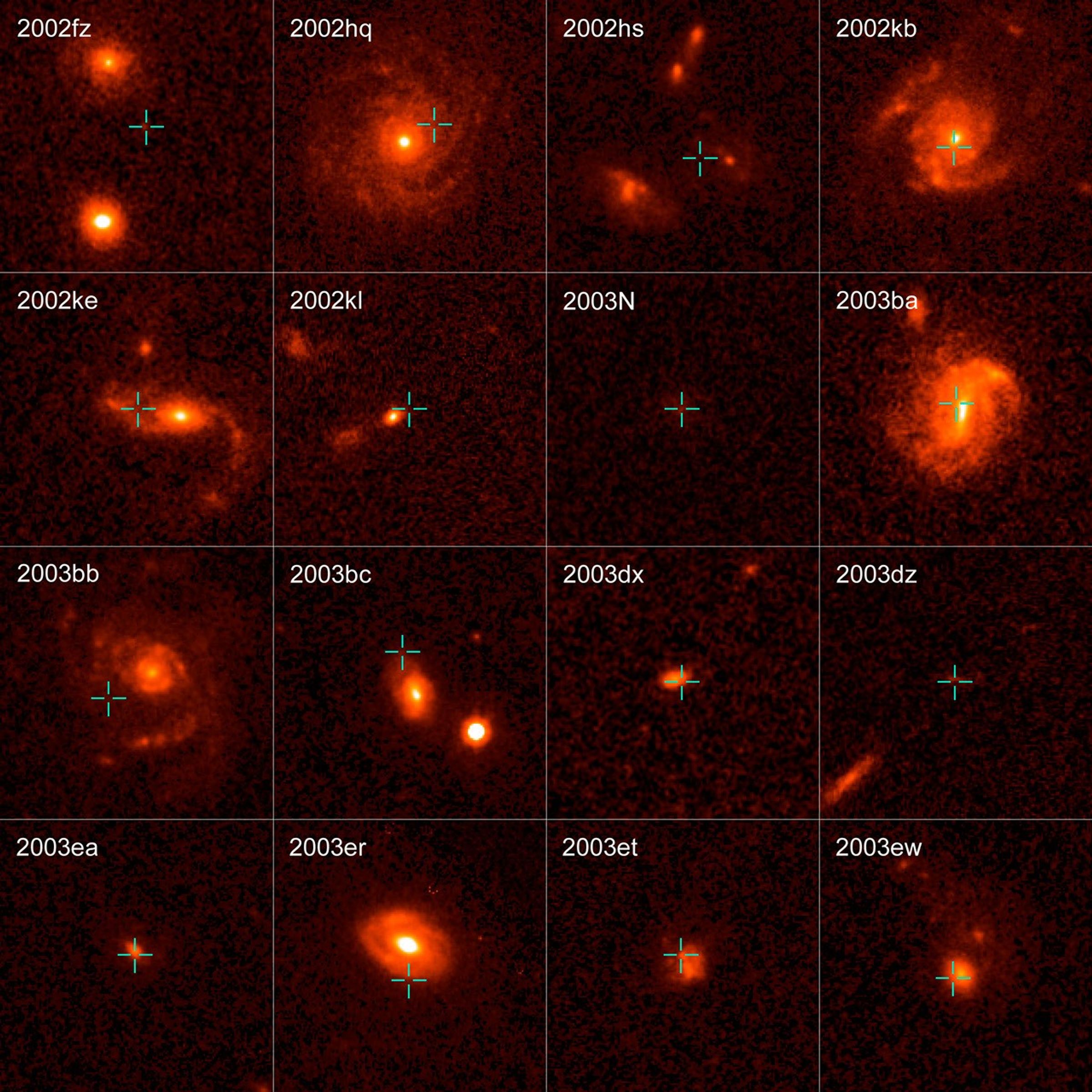1 min read
Gamma-ray Burst Host Galaxy GRB030329

About the Object
- R.A. PositionR.A. PositionRight ascension – analogous to longitude – is one component of an object's position.10h 44m 49.99s
- Dec. PositionDec. PositionDeclination – analogous to latitude – is one component of an object's position.21° 30' 54.0"
- DimensionsDimensionsThe physical size of the object or the apparent angle it subtends on the sky.3.75 arcseconds wide
About the Data
- Data DescriptionData DescriptionProposal: A description of the observations, their scientific justification, and the links to the data available in the science archive.
Science Team: The astronomers who planned the observations and analyzed the data. "PI" refers to the Principal Investigator.The Hubble image was created from HST data from proposals 9405 : Principal Investigator: Fruchter
The science team includes: A. Fruchter (STScI), A. Levan (STScI/University of Leicester/University of Hertfordshire), L. Strolger (STScI/Western Kentucky University), P. Vreeswijk (European Southern Observatory, Chile), S.Thorsett (University of California, Santa Cruz), D. Bersier (STScI/Astrophysics Research Institute/Liverpool John Moores University), I. Burud (STScI/Norwegian Meteorological Institute, Copenhagen), J. Castro Ceron (STScI/Niels Bohr Institute/University of Copenhagen), A. Castro-Tirado (Instituto de Astrofisica de Andalucia, Spain), C. Conselice (California Institute of Technology/University of Nottingham), T. Dahlen (Stockholm University), H. Ferguson (STScI), J. Fynbo (Niels Bohr Institute/University of Copenhagen), P. Garnavich (University of Notre Dame), R. Gibbons (STScI/Vanderbilt University), J. Gorosabel (STScI/Instituto de Astrofisica de Andalucia, Spain), T. Gull (NASA/GSFC), J. Hjorth (Niels Bohr Institute/University of Copenhagen), S. Holland (NASA/GSFC), C. Kouveliotou (NASA/MSFC), Z. Levay and M. Livio (STScI), M.R. Metzger (Renaissance Technologies Corporation, New York), P. Nugent (Lawrence Berkeley National Laboratory), L. Petro (STScI), E. Pian (INAF, Osservatorio Astronomico di Trieste, Italy), J. Rhoads, A. Riess, and K. Sahu (STScI), A. Smette (European Southern Observatory, Chile), N. Tanvir (University of Hertfordshire), R. Wijers (University of Amsterdam), and S. Woosley (University of California, Santa Cruz). - InstrumentInstrumentThe science instrument used to produce the data.HST>ACS/WFC, HST>ACS/HRC, HST>NICMOS/NIC2, and HST>STIS
- Exposure DatesExposure DatesThe date(s) that the telescope made its observations and the total exposure time.April 2003 - May 2005, Exposure time: 21.8 hours
- FiltersFiltersThe camera filters that were used in the science observations.ACS/WFC: F435W, F660W, F814WACS/HRC: F250WNICMOS/NIC2: F110W and F160WSTIS: 52x0.5 (G430L) and 50CCD (G800L)
- Object NameObject NameA name or catalog number that astronomers use to identify an astronomical object.GRB030329
- Object DescriptionObject DescriptionThe type of astronomical object.Gamma Ray Burst
- Release DateMay 10, 2006
- Science ReleaseHubble Finds that Earth is Safe from One Class of Gamma-ray Burst
- Credit
Related Images & Videos
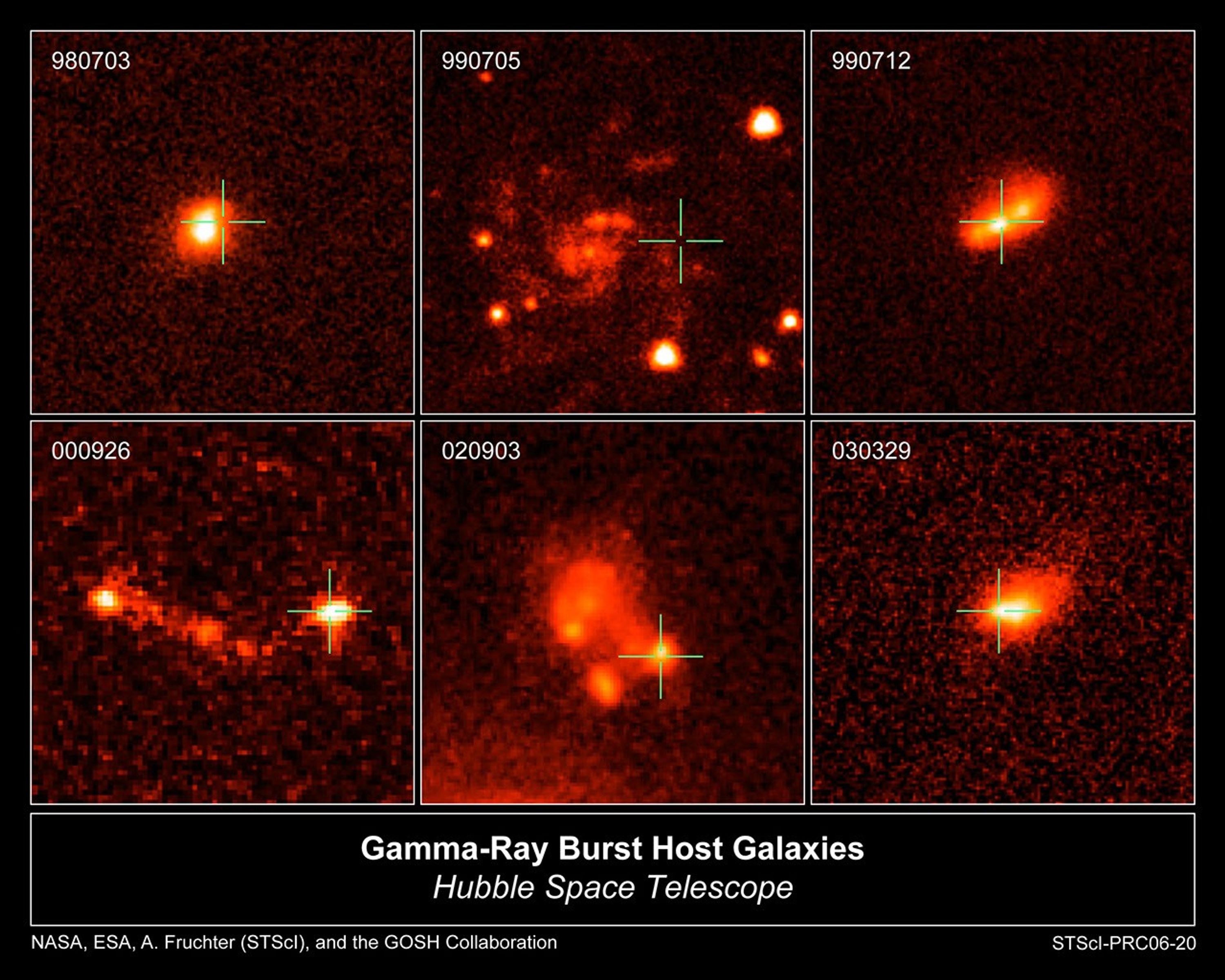
The Host Galaxies of Gamma-ray Bursts
This is a sampling of the host galaxies of long-duration gamma-ray bursts taken by NASA's Hubble Space Telescope. Gamma-ray bursts are powerful flashes of high-energy radiation that arise from some supernovae, the explosive deaths of extremely massive stars. Long-duration bursts...
Share
Details
Claire Andreoli
NASA’s Goddard Space Flight Center
Greenbelt, Maryland
claire.andreoli@nasa.gov

